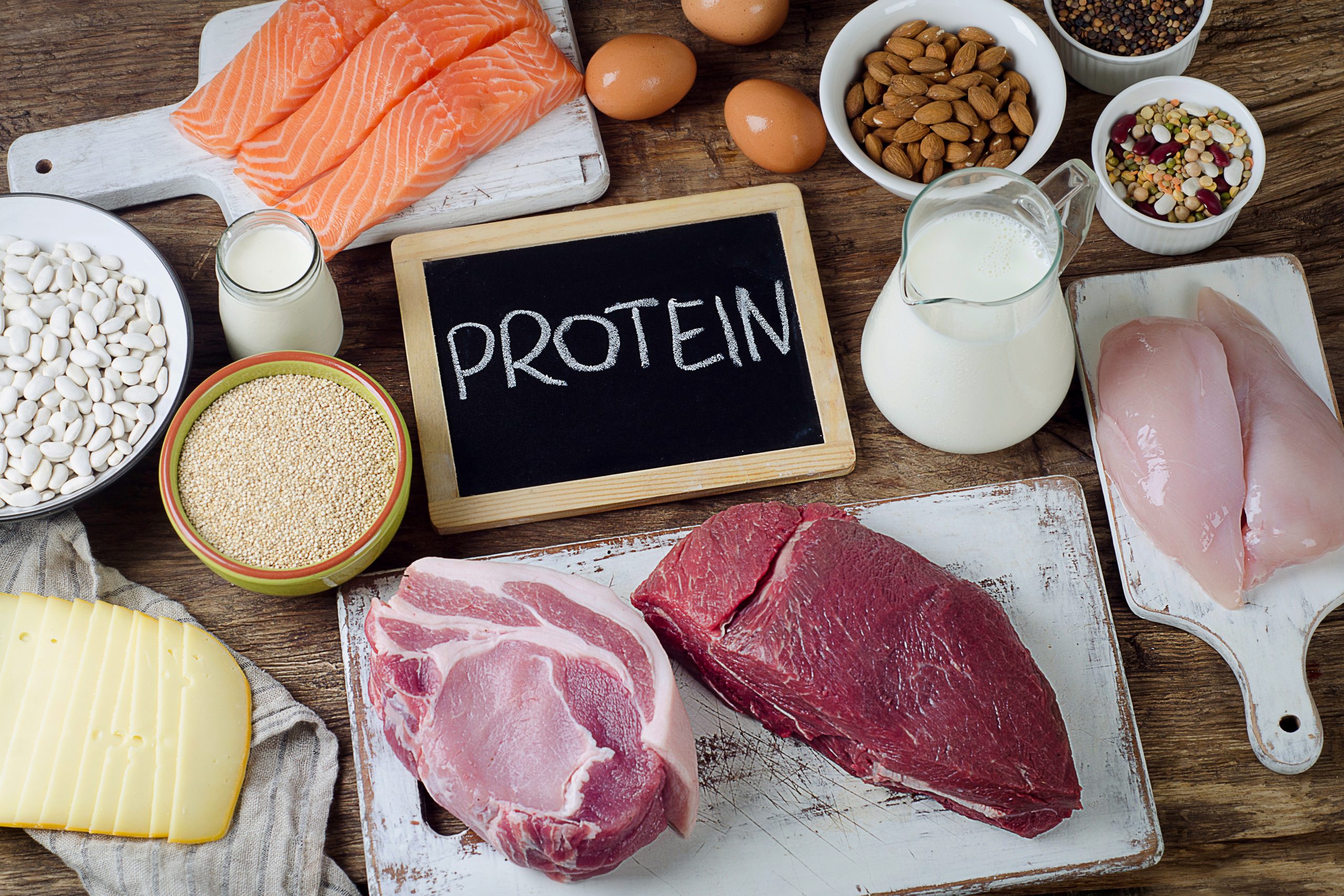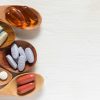Protein plays a vital role in our human body, they make up the structural components of muscles, tissue cells, enzymes, hormones, red blood cells, and they also help to maintain a healthy immune system. Amino acids are the building blocks of protein and they are classified as non-essential or essential. Non-essential amino acids can be synthesized by our bodies, and therefore, are not required to be obtained from diet. On the other hand, essential amino acids cannot be produced by the body and therefore must come from our diet. Prolonged deficiency in any essential amino acids may affect healing, growth, maintenance, and may result in an impaired immune system.
Protein food sources are classified into complete proteins and incomplete proteins. Complete proteins are high-quality proteins that contain all the essential amino acids. Whereas incomplete proteins are low-quality proteins that only contain some of the essential amino acids. The table below shows examples and comparisons between complete and incomplete proteins:
| Complete Protein High Bioavailability Protein |
Incomplete Protein Low Bioavailability Protein |
| High-quality protein that contains all the essential amino acids | Low-quality protein that contains some essential amino acids |
| Usually animal-based | Usually plant-based |
| Examples: Meat, poultry, fish, egg, dairy , soy products, quinoa | Examples: Plants, legumes, beans, nuts, seeds |
| Must be eaten in combinations to obtain all the essential amino acids |
Incomplete proteins can be eaten in combination with one another to obtain the amino acids our body requires. For example:
- Noodles with sesame seeds
- Beans with rice
- Oats with soy milk
- Bread with cheese
- Wholegrain cereal and milk
- Nuts with yoghurt
When we hit our 30s, we start to lose muscle mass and function due to a condition known as sarcopenia. Sarcopenia is generally defined as a decrease in skeletal muscle mass and muscle strength or physical functions observed in elderly individuals.1 Sarcopenia increases the risk of falls, frailty and possibly death. The main cause of sarcopenia is decreased physical activity throughout the day. Not consuming enough daily calories and protein to maintain muscle mass may also contribute to this condition. Evidence has shown that strength activities coupled with adequate protein intake may reverse sarcopenia.2
Moderately active healthy individuals are recommended to take 0.8g-1g of protein / kg body weight / day.3 However, individuals who are more physically active or individuals who have infections or diseases would require more protein. For cancer patients, experts recommend protein intake ranging from 1.0-1.5g / kg body weight /day depending on your current condition and treatment status.4
In conclusion, incorporate protein-rich foods such as lean meat, poultry, fish, eggs, low-fat dairy products, nuts, seeds, peas, beans, lentils and tofu as part of a healthy diet. These protein options are lower in calories and saturated fats and hence, beneficial for heart health. Ensure 2 or more days of strength exercise in a week to maintain or gain muscle mass. Some examples of strength activity include carrying groceries, climbing stairs, Qigong, Tai Chi, yoga, Pilates and using hand-held weights, resistance bands or strength-training equipment.
References
- Akishita, M., Kozaki, K., Iijima, K., Tanaka, T., Shibasaki, K., Ogawa, S., & Arai, H. (2018). Definitions and diagnosis of sarcopenia. Geriatrics & gerontology international, 18, 7-12.
- Deutz, N. E., Bauer, J. M., Barazzoni, R., Biolo, G., Boirie, Y., Bosy-Westphal, A., Cederholm, T., Cruz-Jentoft, A., Krznaric, Z., Nair, K. S., Singer, P., Teta, D., Tipton, K., Calder, P. C. (2014). Protein intake and exercise for optimal muscle function with aging: recommendations from the ESPEN Expert Group. Clinical nutrition, 33(6), 929-936.
- Pendick, D. (June 2015). How much protein do you need every day? Havard Health Publishing. Retrieved from: https://www.health.harvard.edu/blog/how-much-protein-do-you-need-every-day-201506188096
- Arends, J., Bachmann, P., Baracos, V., Barthelemy, N., Bertz, H., Bozzetti, F., Fearon, K., Hütterer, E., Isenring, E., Kaasa, S. and Krznaric, Z., Laird, B., Larsson, M., Laviano, A., Mühlebach, S., Muscaritoli, M., Oldervoll, L., Ravasco, P., Solheim, T., Strasser, F., Schueren, M., Preiser, J. C. (2017). ESPEN guidelines on nutrition in cancer patients. Clinical nutrition, 36(1), 11-48.






